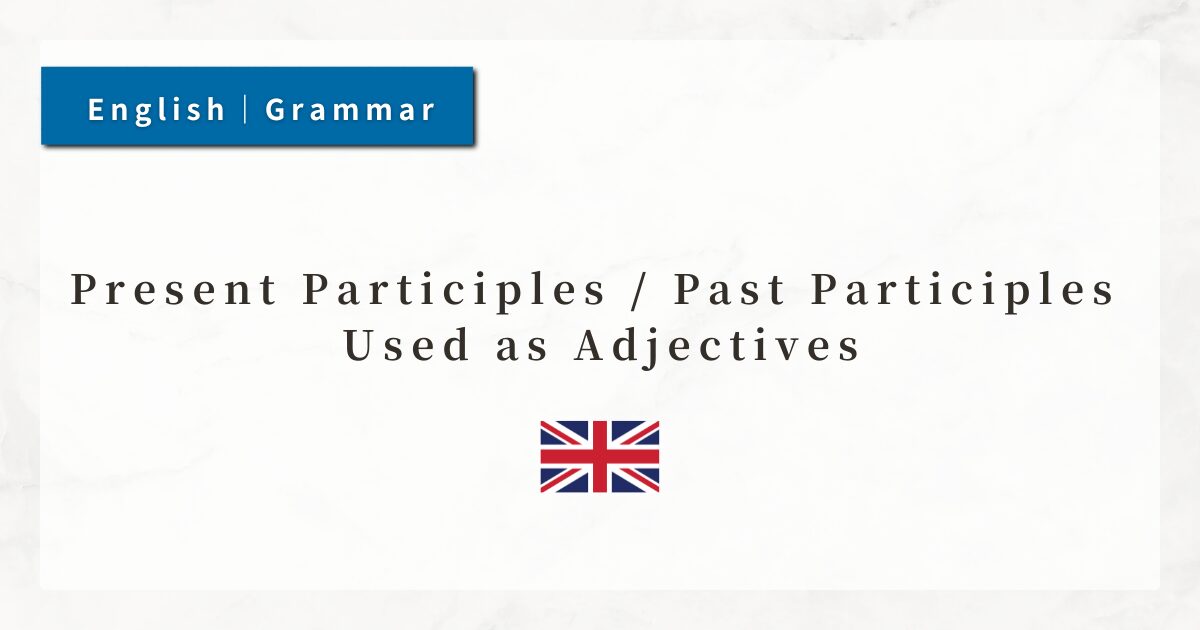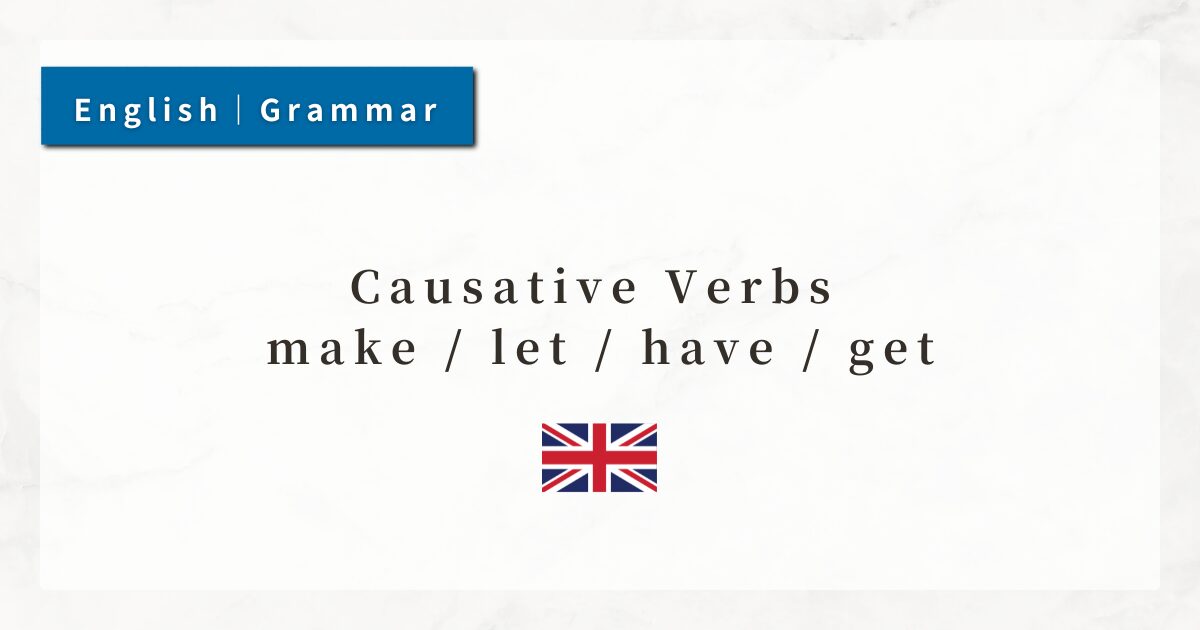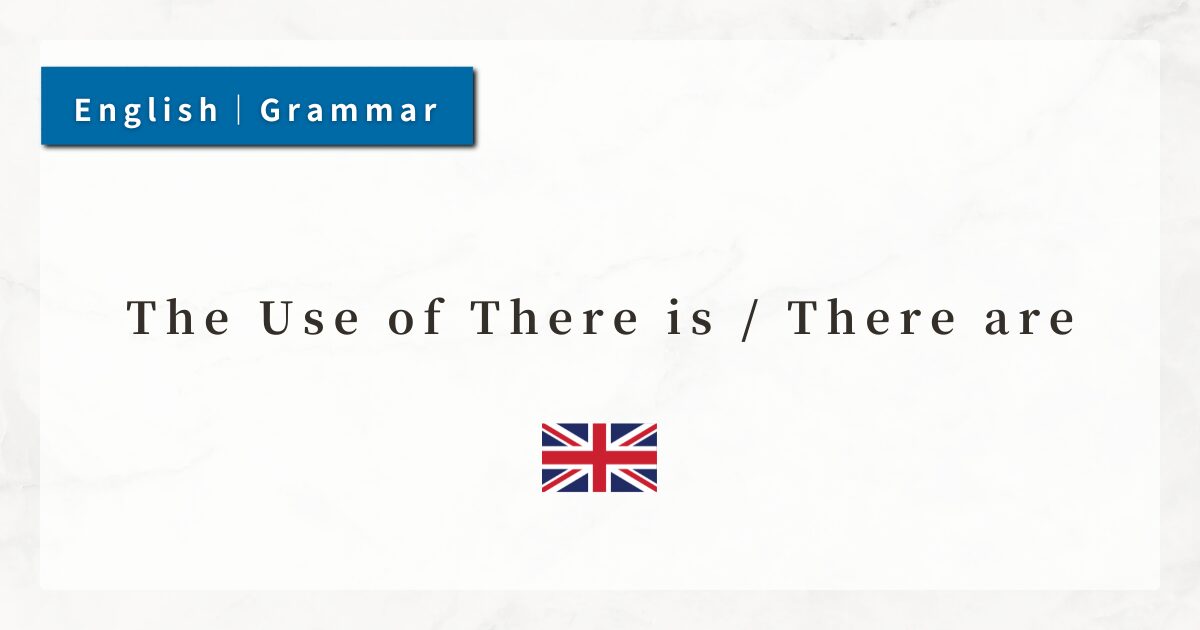#4 How to Form Negative Sentences in English|Basic Rules and Example Sentences

In English, when I want to express negation such as “not” or “do not,” I need to construct the sentence according to specific rules depending on the type of verb.
In particular, it is important to note that the use of not differs between sentences with the verb be, general verbs, and auxiliary verbs.
In this lesson, I will focus on how to form negative sentences using be-verbs and general verbs, while also explaining the word order and key points in an easy-to-understand way.
1. Basic Structure of Negative Sentences
1-1. What Is a Negative Sentence?
In English, a negative sentence denies or contradicts a certain statement, such as “is not” or “does not.”
The fundamental way to form a negative sentence is by using the word not.
The word not mainly modifies the verb. Therefore, in principle, not is placed immediately after the verb. However, the rules for forming negative sentences differ depending on the type of verb.
1-2. Basic Structure of Negative Sentences
In English, negation is expressed by inserting not in the correct position. However, where not is placed and whether the verb changes form depends on the type of verb used.
| Type of Verb | Negative Form | Key Points |
|---|---|---|
| Be-verbs | Be verb + not | Simply place not after the verb |
| General verbs (present) | Do / Does + not + base verb | Choose do or does depending on the subject |
| General verbs (past) | Did + not + base verb | Tense is carried by did; the main verb returns to its base form |
| Auxiliary verbs | Auxiliary verb + not + base verb | Place not directly after the auxiliary verb |
Contractions such as don’t, doesn’t, didn’t, can’t, etc. are frequently used in conversation and casual writing.
2. Negative Sentences with Be-verbs
With be-verbs, I can simply insert not immediately after the verb.
Subject + Be verb + not + Complement (noun, adjective, etc.)
The form of the be-verb (am, is, are) changes depending on the subject, but the word order remains unchanged.
- She is a teacher.
→ She is not a teacher.
3. Negative Sentences with General Verbs
General verbs cannot take not on their own. Therefore, I need to use auxiliary verbs (do / does / did) to “help” the sentence.
Subject + Auxiliary verb (do / does, etc.) + not + Base verb
- I like coffee. → I do not like coffee.
- He plays soccer. → He does not play soccer.
4. Negative Sentences in the Past Tense
To form a negative sentence in the past tense, I use the auxiliary verb did followed by not.
Subject + did + not + Base verb
As with the present tense, the main verb stays in the base form.
- They watched TV. → They did not watch TV.
5. Negative Sentences with Auxiliary Verbs
Auxiliary verbs such as can, must, will can directly take not after them.
Subject + Auxiliary verb + not + Base verb
- You can swim. → You cannot swim.
- He will come. → He will not come.
6. Summary
- In English negative sentences, the key is the placement of not and the use of auxiliary verbs.
- With be-verbs and auxiliary verbs, simply add not directly.
- With general verbs, use do / does / did, and keep the main verb in the base form.
- Common mistakes include placing not at the wrong position or forgetting to return the verb to its base form.




